The U.S. Department of Agriculture’s Natural Resources Conservation Service (NRCS) has awarded UTRGV’s School of Earth, Environment and Marine Sciences and 15 other institutions grants to advance soil science research.
NRCS has worked in close partnership with farmers and ranchers, local and state governments and other federal agencies to maintain healthy and productive working landscapes, according to its website.
UTRGV will receive a $150,000 grant for research.
Alexis Racelis, an assistant professor for the School of Earth, Environmental and Marine Sciences, said the research will be largely to look at the impact of cover crops that help water infiltration, soil fertility and related sustainable agricultural practice.
“The research that we do, which will include students, will help effectively train them in the field of sustainable agriculture,” Racelis said. “In addition, it also improves our reputation as an organization that does this kind of impactful work.”
He said the grant will be used to purchase soil moisture sensors and cover crops, which are plants that are incorporated into farms to improve soil health. It will also be used to send students to Nebraska, where they can train in techniques and methods in soil science.
In the Rio Grande Valley, farmers are concerned about moisture and implementing some of these sustainable agriculture practice techniques because even though they might implement them to help with soil health, carbon sequestration and biodiversity benefits, it may come at a loss of soil moisture, Racelis said.
“A lot of our local farmers are understandably hesitant to include or integrate cover crops into their production because any moisture lost to these cover crops will result in poor yield of whatever they grow next,” he said.
To help with this issue, Racelis said they aim to collect precise data on soil moisture in large on-field trials.
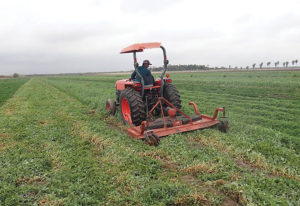
“Our goal is to summarize and present this data to farmers and other audiences so they can make more informed decisions about how to integrate these strategies into their farming operations,” Racelis told The Rider.
An Aug. 16 news release from the USDA states that the Valley is a key area for agricultural production.
According to Racelis, Hidalgo County has the highest concentration of certified organic farms in the state of Texas.
He said this will improve the Valley’s reputation and the well-being of people who live around farms.
By conducting this research and working with universities in the country, NRCS can capitalize in extended expertise of the student workforce and knowledgeable professors, Dave Hoover, director of the National Soil Survey Center, told The Rider.
Hoover said the NRCS looked for applicants who have a strong educational component, qualified instructors and a reasonable budget to ensure the objectives of the proposal could be accomplished within a two-year time frame.
UTRGV stood out because it emphasized building capacity and building partnerships, according to Hoover.
“It was one of the few proposals that we had that increased the knowledge of professors and students of what we do on the science side in agriculture,” he said.
Hoover also said NRCS interacted with Racelis in the past when he was part of the Kika de la Garza Science Fellowship program.
For more information on NRCS, visit nrcs.usda.gov.










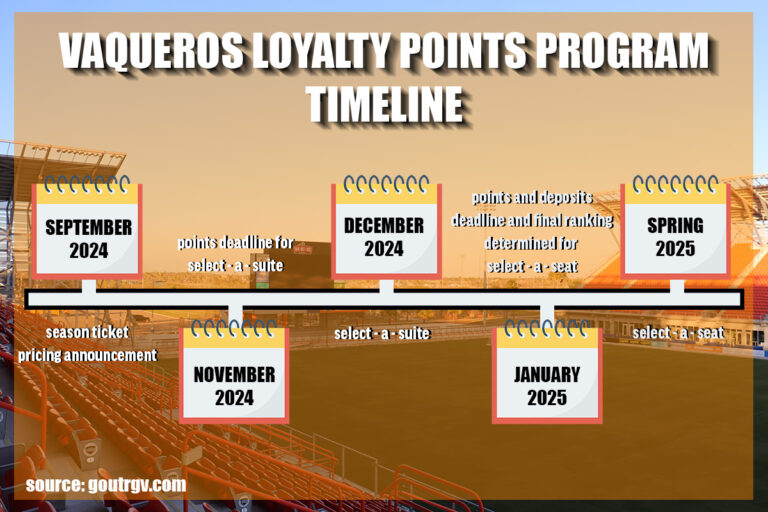




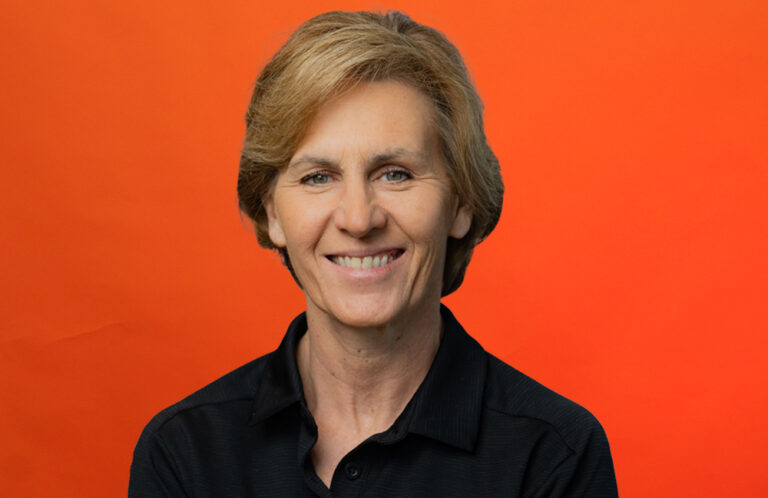

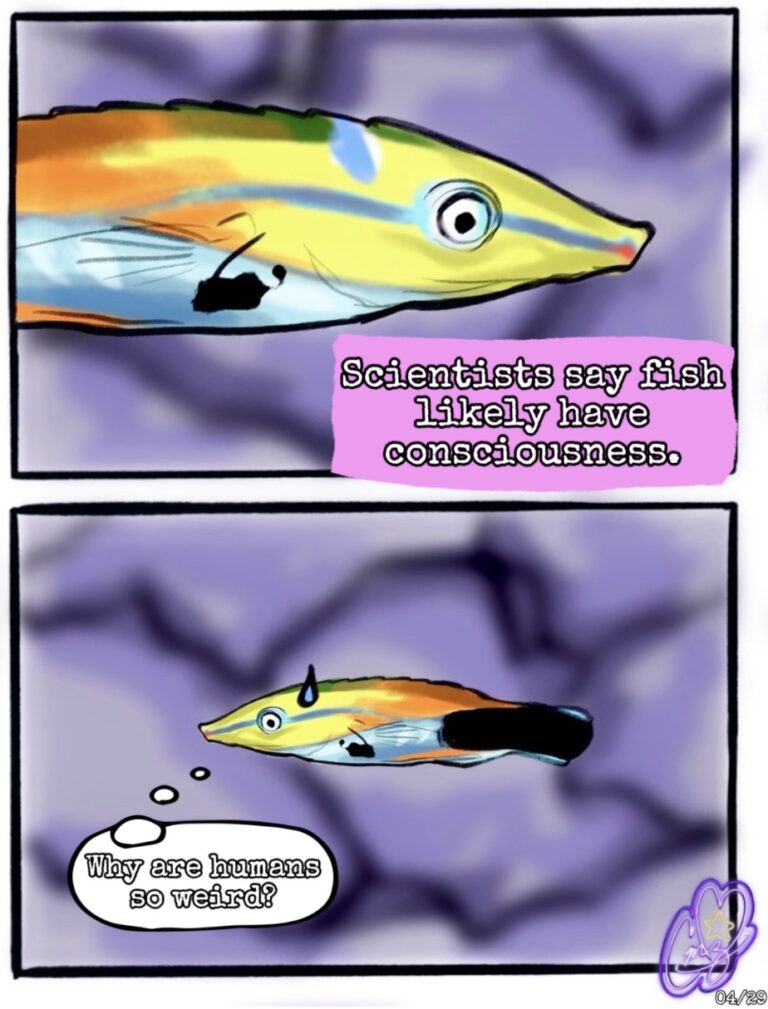

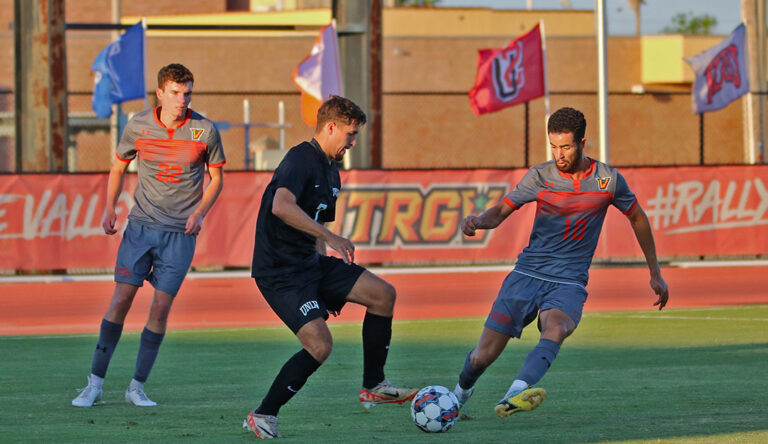
+ There are no comments
Add yours